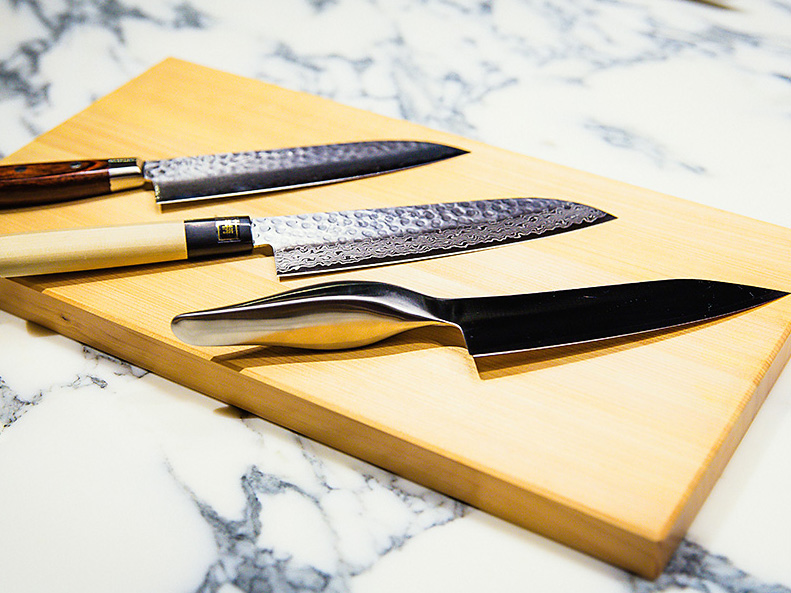Head to Jikko, a Japanese knife shop in Osaka Prefecture’s city of Sakai, to find some of the finest cutlery in Japan.
To say that Hiroaki Jikko’s family has always been on the cutting edge of their industry would be no understatement. A native of Sakai in Osaka Prefecture, where craftsmen began making traditional Japanese knives some 600 years ago, Jikko’s family entered the knifemaking trade four generations ago, in 1901.
Jikko Incorporated, the family operation for which Hiroaki now serves as director, and his older brother as president, has gained a steady following both domestically and internationally. The shop encompasses a small workspace on the first floor, complete with a viewing window, where thick slabs of steel are shaped, heated and sharpened to become both single-edged and double-edged knives. On the second floor stands a showroom, which features an impressive array of Jikko’s specialty knives that are designated for everything from vegetables to sashimi to eel bone.
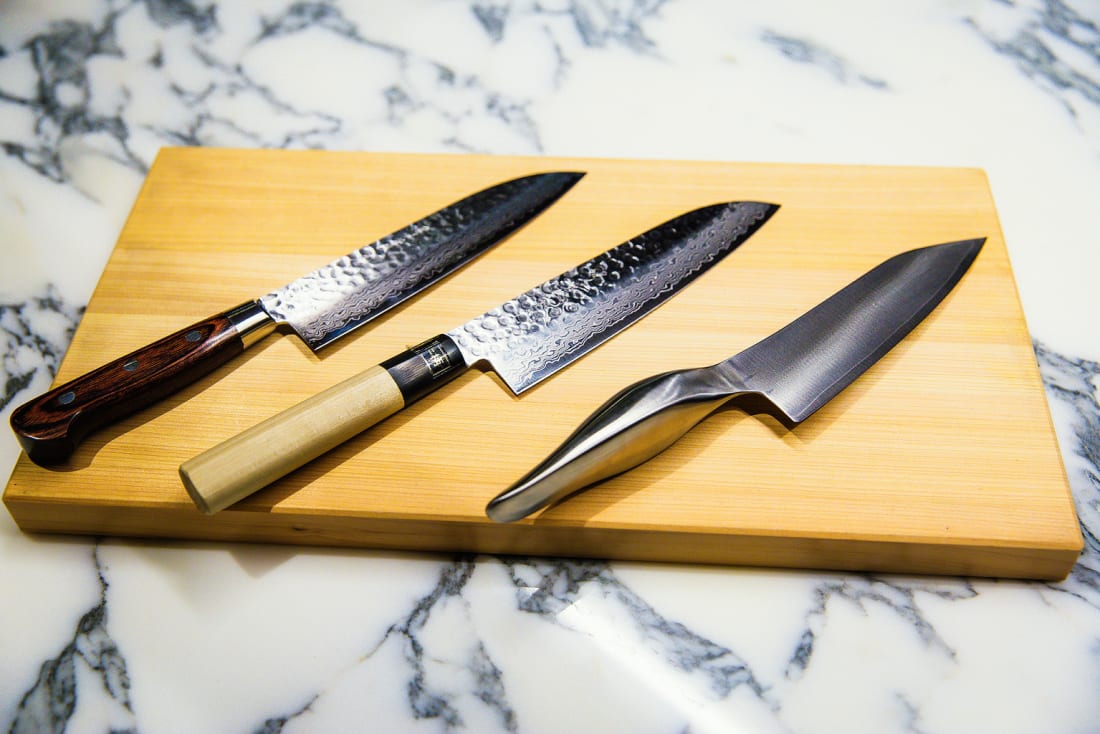
Photo by Solveig Boergen
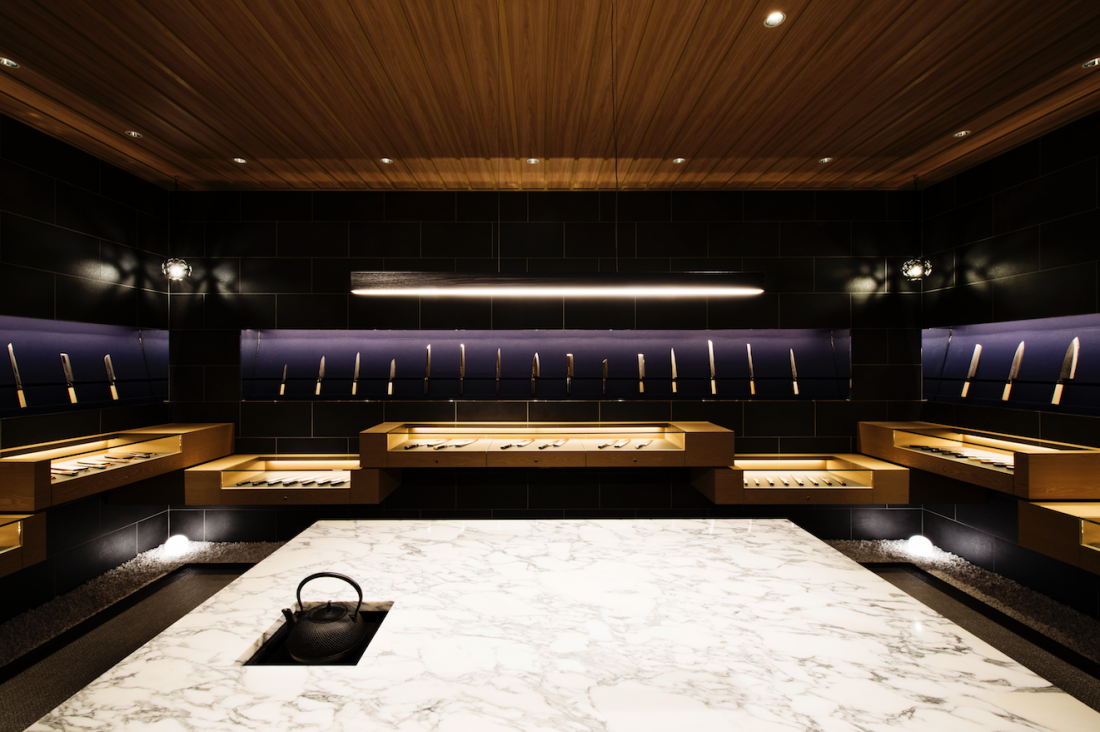
Handcrafted Works of Art
Hiroaki explains that unlike knives in many overseas countries, which are often mass-produced via machinery, those at Jikko are carefully and individually handcrafted, with only a handful produced each day. “When designing our knives, we take into account elements such as the speed of slicing, and the texture of the food to be cut,” he notes.
Hiroaki tells us that 90 percent of top chefs in Japan source their knives from Sakai, due to the region’s reputation for producing top-of-the-line instruments. Knives from Jikko in particular are coveted, he says, due to their extreme sharpness – an attribute that is achieved through a special method known as hatsuke, which combines both sharpness and longevity. “Some of our knives are difficult to craft even for seasoned artisans,” he adds.
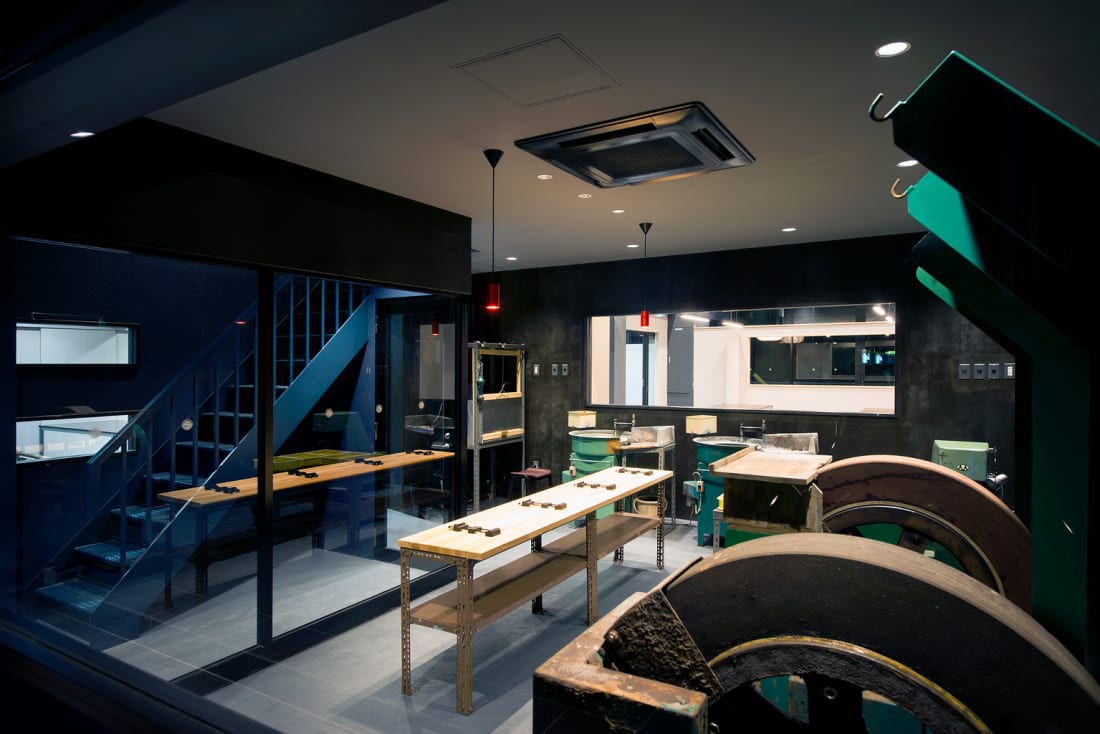
High-Quality and Award-Winning
At Jikko, the showroom’s dizzying array of tools includes almost surreally long maguro knives – with one reaching an eyeball-popping 153 centimeters. Hiroaki assures us that this is for visual effect only, with most knives for actual use measuring no more than 60 centimeters. Other intriguing-looking instruments include elegantly patterned Damascus knives, whose blades were fashioned from 45 layers of steel pressed together. He also proudly shows us a Jikko-original knife known as the Stealth Duck®, which has won multiple international awards for its aesthetic design.
The knives featured in Jikko’s showroom span an eclectic range of styles, and Hiroaki explains that many overseas visitors are drawn toward the more traditional Japanese-style knife handles that are on offer. With so many potential choices, he assures us that Jikko shop representatives are always on hand to help visitors select knives based upon their personal preferences and desired use – with both knives and blades able to be customized to match specific requests. Onsite artisans are also available to engrave the knives with personal names while you watch. Omiyage, anyone? Maybe for yourself?
“Japanese people tend to stick to more practical knives, but foreigners really seem to be drawn toward the high-quality models,” Hiroaki muses. “We really welcome anyone interested in Japanese knives to come to Jikko and discover what we are about.”
Jikko
1-1-9 Nishikinochonishi, Sakai Ward, Sakai, Osaka
072-229-2244
www.jikko.jp
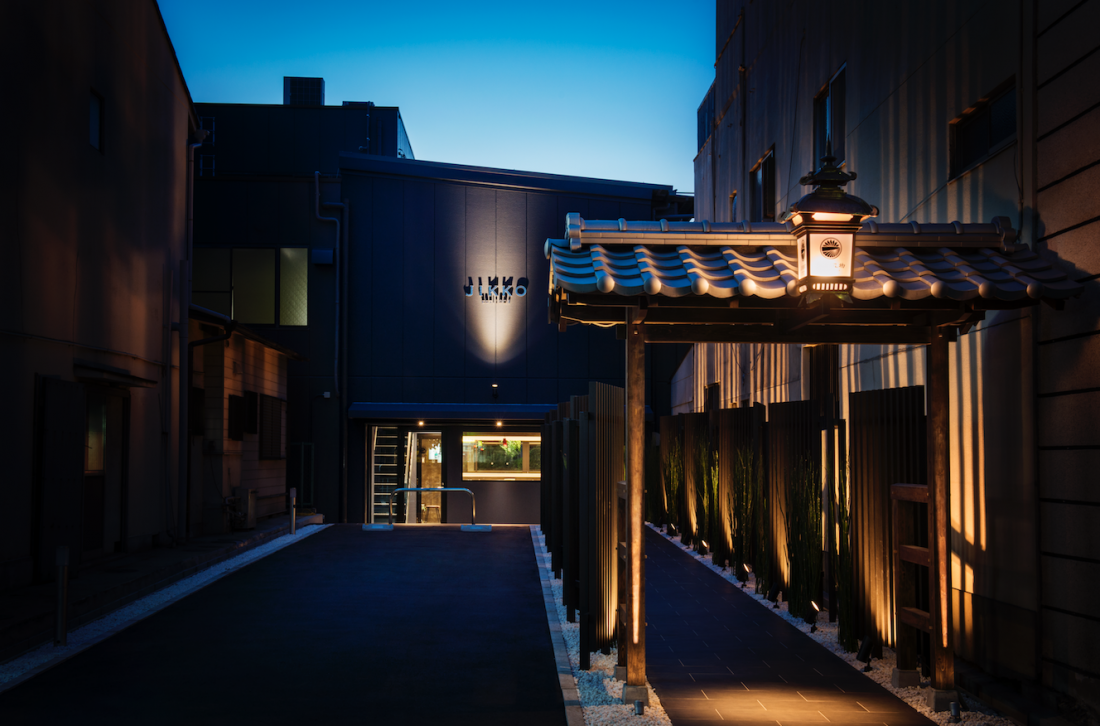
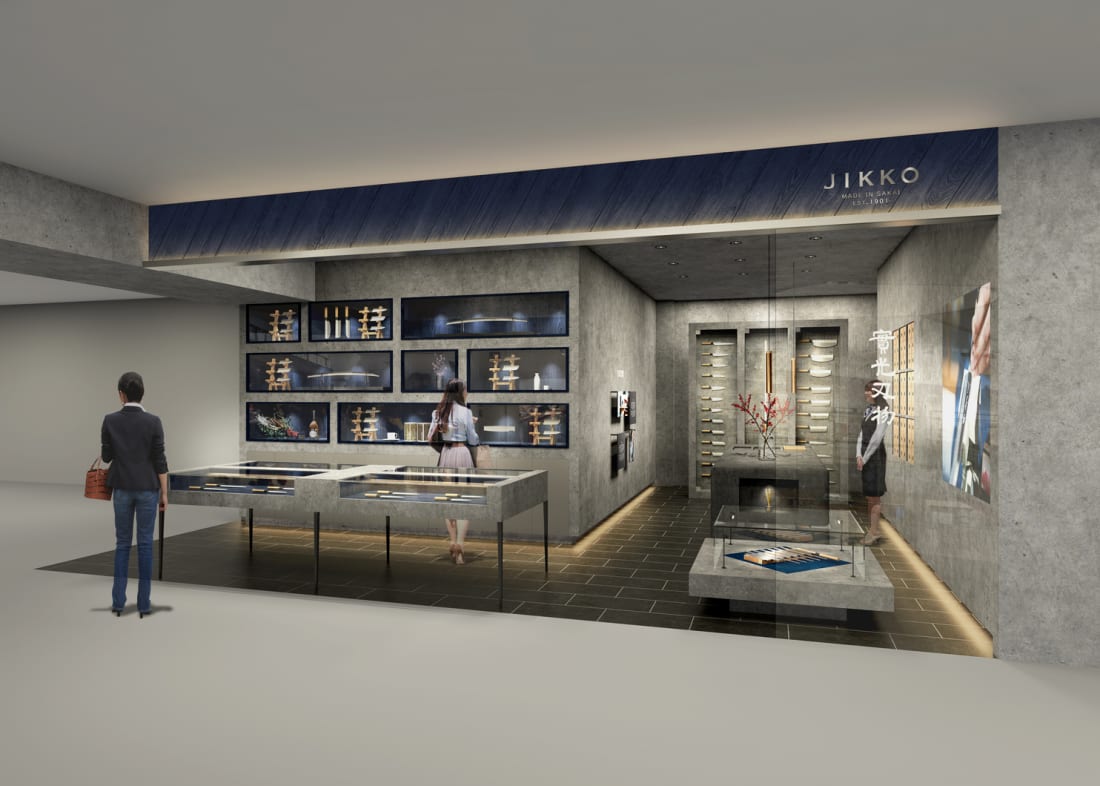
A new Jikko store is slated to open near Namba Station in Osaka in October:
5-1-60 Namba, Chuo-ku, Osaka
Sponsored post

